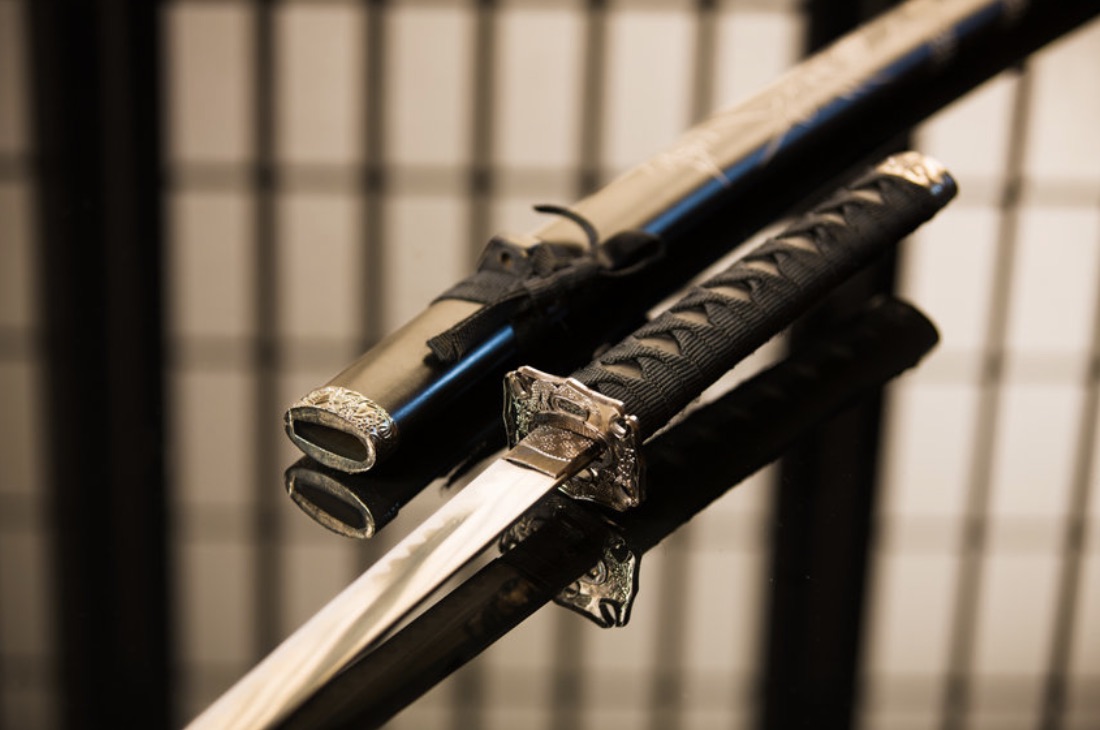Jun 24 (News On Japan) - The katana, a traditional Japanese sword, is known for its rich history and is evidence of Japan's exquisite craftsmanship.
Many sword collectors highly regard katanas for their sharpness, durability, and complex making process.
However, due to the numerous fakes on the market, purchasing an authentic katana takes a lot of work. Fortunately, you can tell if a katana is real in various ways. Here are the features you need to know to get a nice katana sword.
Forged by a Licensed Swordsmith
It takes a lot of skill to transform raw metal into one of the world's most famous swords. Japanese swordsmiths spend 5 to 7 years training and perfecting their forging techniques. At the end of their training, they are licensed and can legally practice their craft as a source of income and for preserving their culture.
Any katana crafted by an unlicensed swordsmith is either a replica or a fake. Before you purchase a katana, ensure you thoroughly verify its swordsmith license.
Tamahagane Steel
An authentic Japanese katana is traditionally made from Tamahagane, a durable alloy. Japanese swordsmiths have produced Tamahagane for centuries using single-use furnaces called Tatara and Satetsu (Ironsand). Although some swordsmiths produce their Tamahagane, many use manufactured Tamahagane despite its steep price. Fake katanas aren't made using this expensive alloy. They are usually made using high-carbon, Damascus, and spring steel.
Distinct Designs
An authentic katana's tang is usually marked with the swordsmith's name or signature. On the other hand, some katanas' tangs are marked with the blade's origin, including the region, school, and creation date.
Although some authentic katanas' tangs aren't marked, they usually have distinct designs, such as the unique tempering pattern (Hamon). This pattern is caused by painstaking clay tempering. On the other hand, fake katanas have acid-etched hamon to improve their appeal. So, look for distinct designs that provide information about a katana's genuineness.
Certificate of Legitimacy
Katanas have high artistic and historical value in Japan. They have official paperwork stating their worth, proving that they are genuine. The Society for Preservation of Japanese Art Swords, also called the Nihon Bijutsu Token Hozon Kyokai, evaluates and appraises these blades.
The NBTHK evaluates katanas and registers them as art swords. Fake katanas and non-licensed blades are confiscated as illegal weapons. So, if you want to tell if a katana is real, check its certificate. Therefore, the best place to buy a katana is a certified fabricator.
High Value
Experts evaluate the quality and value of authentic katanas. Usually, the value of a katana is determined by the ranking of the swordsmith, its blade condition, and the quality of craftsmanship. If you find a katana with a price that seems too good to be true, it's probably a fake.
Conclusion
Crafting a katana requires skills that take years to practice and perfect. That's why real katanas are pretty expensive. However, due to the many fakes on the market, finding a genuine katana can be difficult. Fortunately, you can easily tell if a katana is the real deal by looking for the abovementioned features.
















